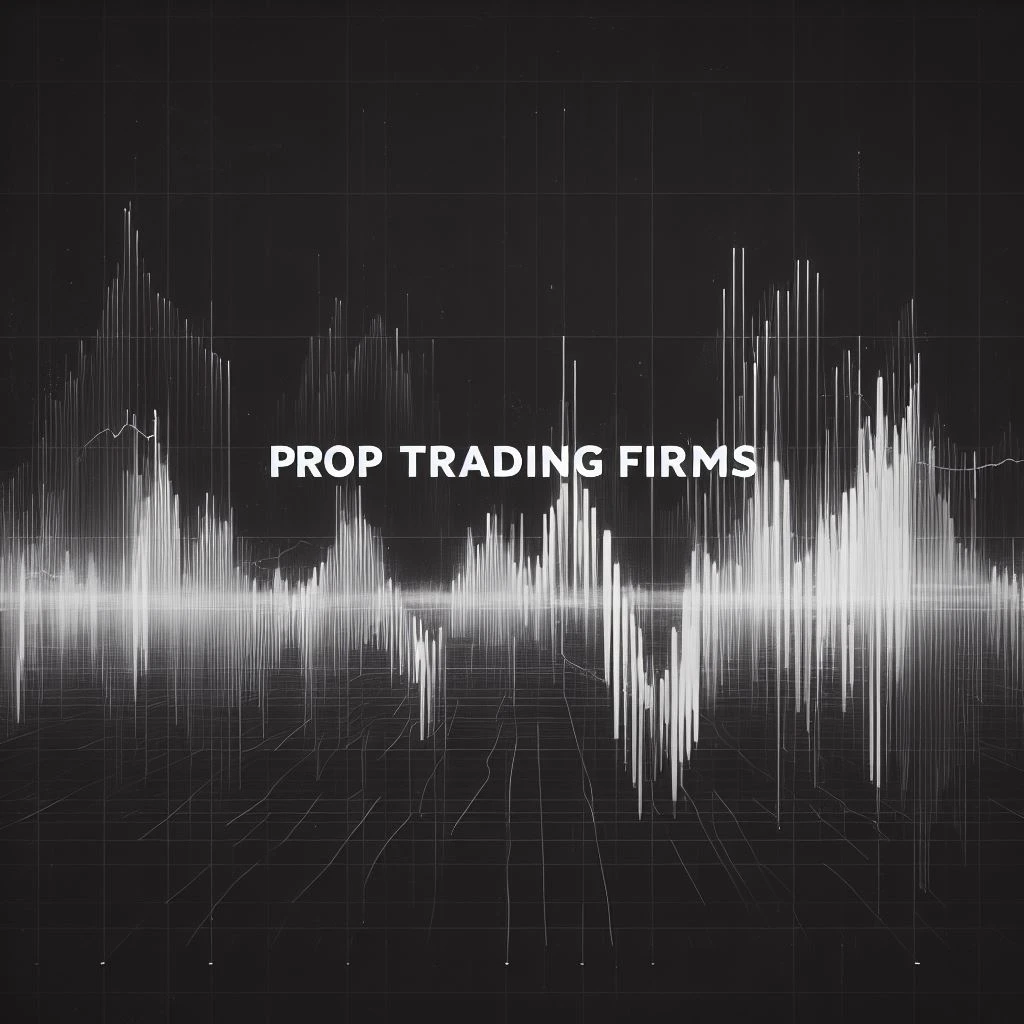VaR (Value at Risk) Analysis
Welcome to this comprehensive guide on Value at Risk, commonly known as VaR. In the ever-changing world of financial markets, understanding the risks associated with your portfolio is crucial. VaR is a statistical measure that helps you quantify this risk. In this guide, we’ll delve into what VaR is, how it’s calculated, and why it’s an indispensable tool for traders.
What is VaR (Value at Risk) Analysis?
Value at Risk, or VaR, is a risk management tool that quantifies the maximum potential loss an investment portfolio could face over a specified period for a given confidence interval. In simpler terms, it’s a way to put a number on how much you could lose under ‘normal’ market conditions.
Real-world examples
Imagine you have a diversified portfolio consisting of stocks, bonds, and a bit of cryptocurrency. If your one-day VaR is $1,000 at a 95% confidence level, it means there’s a 5% chance that your portfolio will lose more than $1,000 in a single trading day. This information can be invaluable when deciding how to allocate assets or whether to take on additional risk.
Historical Context
VaR gained prominence during the late 1990s and was widely used by financial institutions. However, its limitations were exposed during the 2008 financial crisis when many banks found their losses exceeding VaR estimates. This led to a reevaluation of VaR methodologies and their underlying assumptions.
The Three Pillars of VaR
VaR is based on three key variables:
- Amount of Potential Loss: This is the dollar amount you stand to lose. It’s the figure that VaR aims to provide.
- Probability of that Loss: This is the statistical likelihood that the loss will occur. Common confidence levels are 95% and 99%.
- Time Frame for the Loss: This is the period over which the risk assessment is made, often ranging from one day to a month.
Methods for Calculating VaR
Historical Method
This approach uses historical data to simulate potential future losses. By looking at how your portfolio would have performed in the past, you can get an idea of how it might fare in the future.
Variance-Covariance Method
This method uses statistical measures like standard deviation and correlation to calculate VaR. It assumes that asset returns are normally distributed, which is often a point of criticism for this method.
Monte Carlo Simulation
This computational algorithm allows for the modeling of complex systems. It runs multiple simulations to predict the likelihood of different outcomes.
Pros and Cons of Each Method
- Historical Method: Easy to implement but may not account for future market changes.
- Variance-Covariance Method: More mathematically rigorous but relies on the assumption of normally distributed returns.
- Monte Carlo Simulation: Highly accurate but computationally intensive.
Tools and Strategies for Value At Risk Analysis
Software Solutions
There are specialized software solutions like RiskMetrics and MATLAB that can perform complex VaR calculations for you. These tools often come with additional features like stress testing and scenario analysis.
Role of Data Analytics
Big Data and analytics play a significant role in modern VaR calculations. Advanced algorithms can sift through massive datasets to identify hidden risks and correlations that simpler models might miss.
The Probability and Frequency of VaR Events
Statistical Models vs. Real-world Occurrences
While VaR is a powerful tool, it’s not without its limitations. Traditional models can sometimes fail to predict extreme events, also known as tail risks.
Why Traditional Models Fail
Many traditional models rely on the assumption of normally distributed returns and linear correlations between assets. However, financial markets are more complex, and these assumptions don’t always hold.
How Traders Can Utilize Value At Risk
Risk Assessment
VaR can serve as a benchmark for risk assessment. By knowing the VaR figure, traders can decide whether to adjust their portfolio to align with their risk tolerance.
Portfolio Management
VaR is also useful for portfolio management. It can help you understand how different assets contribute to overall portfolio risk, enabling more informed asset allocation decisions.
The Cost of VaR Management
Implementing VaR isn’t free. There are costs associated with data collection, software, and potentially, external consultancy. Additionally, risk mitigation strategies based on VaR could involve transaction costs.
VaR in the Context of Market Volatility
Market Sensitivity
VaR is sensitive to market conditions. During periods of high volatility, VaR estimates may increase, signaling higher potential losses.
Stress Testing
It’s advisable to perform stress tests alongside VaR calculations to understand how your portfolio would perform under extreme market conditions.
Future Outlook: AI and Machine Learning in VaR
Evolving Strategies and Tools
The field of risk management is continually evolving. With advancements in AI and machine learning, we can expect more accurate and dynamic VaR models in the future.
Conclusion
Summary of Key Points
VaR is an essential tool for any trader looking to understand and manage risk. While it has its limitations, its utility in portfolio management and risk assessment is undeniable.
Final Thoughts for Traders
As traders, it’s crucial to stay ahead of the curve, and understanding VaR is a step in that direction. With the advent of new technologies and methodologies, VaR will continue to be a cornerstone in the world of financial risk management.











